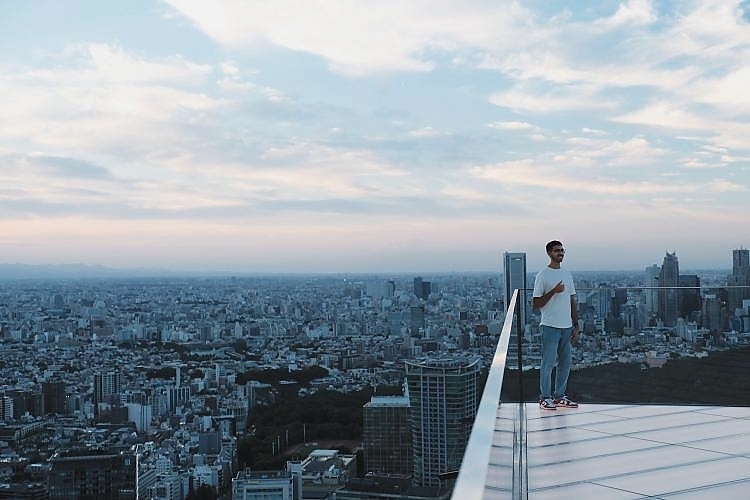As the former capital city of Japan, Kyoto is one of Japan’s best-preserved historic cities. It is famous for its refined culture, dining, and charm of rural Japan. Besides, it is rich with temples, shrines, gardens, imperial places and traditional wooden houses.
Togetsukyo Bridge
Arashiyama is a pleasant, touristy district in the western outskirts of Kyoto. One of the most iconic structure in Arashiyama is the Togetsukyo Bridge, known for its poetic observation of how the moon seems to cross the bridge each night for over 400 years. The spring cherry blossoms and fall colours draw large crowds, as the scenery is spectacular.
.jpg)
Ninnaji Temple
Ninnaji is one of the many great temples in Kyoto and listed as one of the World Heritage Sites. It is the head temple of the Omuro School of the Shingon sect of Buddhism and was founded in 888 by Emperor Uda in accordance with his dad’s dying wishes.
The highlight of a visit to Ninnaji are Goten (former palace buildings) and a miniature version of the Shikoku 88-temple pilgrimage situated in the hills behind the temple. Built in the style of an imperial palace, the graceful buildings at Ninnaji Goten are connected by covered corridors, featuring elegantly painted sliding doors (fusuma), surrounded by beautiful rock and pond gardens.
Furthermore, the temple is especially famous for its Omuro Sakura cherry blossom trees which are the latest blooming cherries in the whole of Kyoto, which is usually around mid-April.
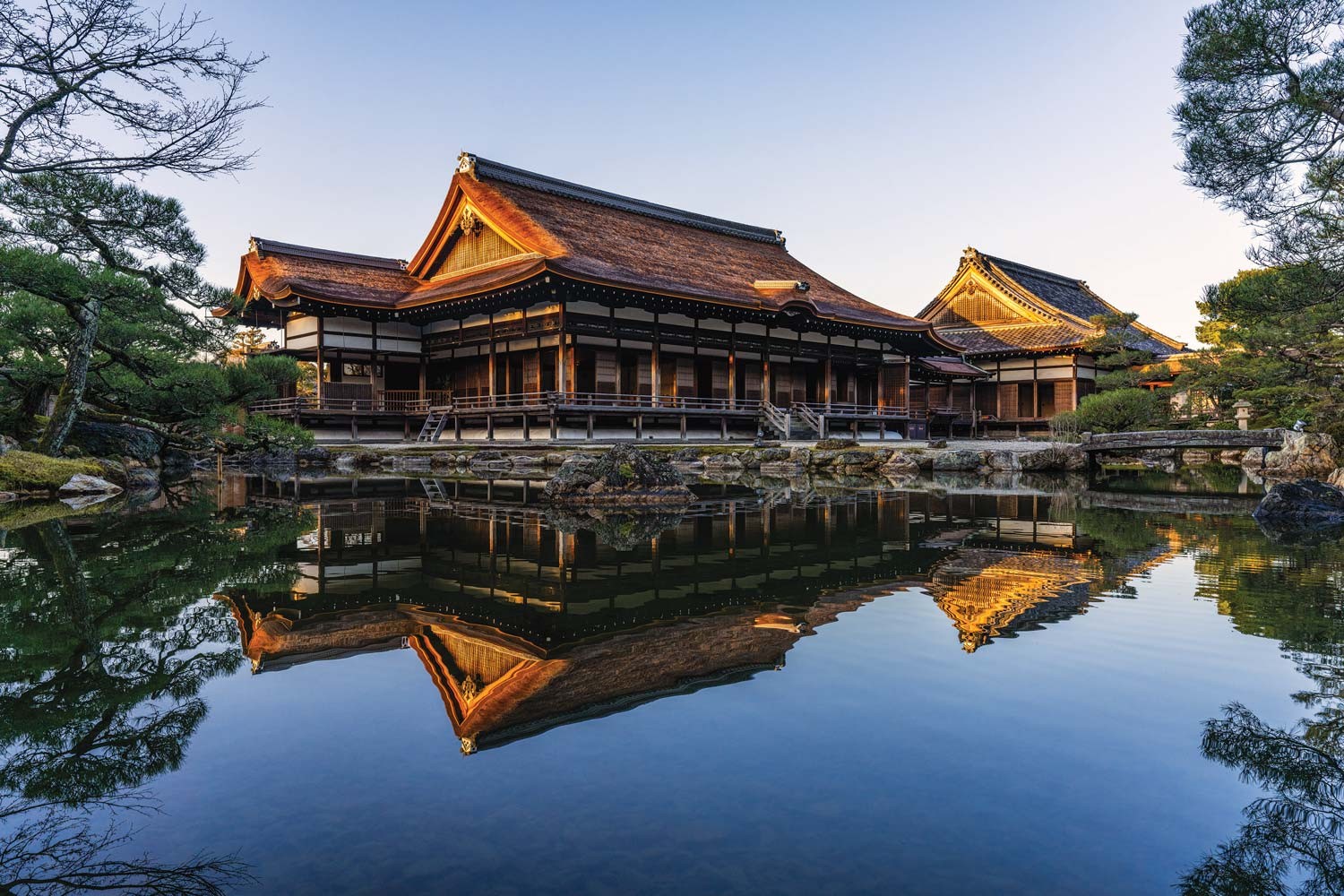
Ryoanji Temple
Ryoanji Temple is home to one of Japan’s most famous rock gardens and was designated as a UNESCO World Heritage Site in 1994.
Originally a country house of the Tokudaiji Clan, it was acquired in 1450 by Hosokawa Katsumoto for use as a Zen training temple (JNTO: Please add this phrase in the Chinese part). Its deceptively simple rock garden consists of fifteen rocks spread out on white sand in a space of 248 square metres. The fifteen rocks are carefully arranged so that there is always at least one rock that cannot be seen, regardless of the angle.
Although the rock garden takes the spotlight, the temple offers other beautiful gems such as the Kyoyochi Pond in its residential-style leisure garden, beautiful paintings and artifacts in the Abbot’s Quarters and a unique Tsukubai wash-basin of stone.
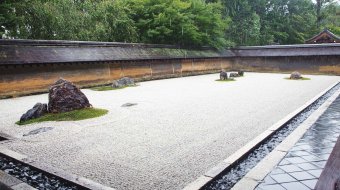
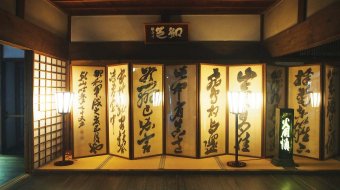
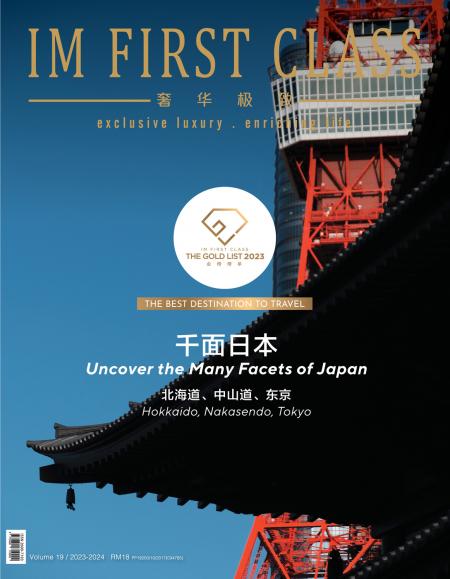


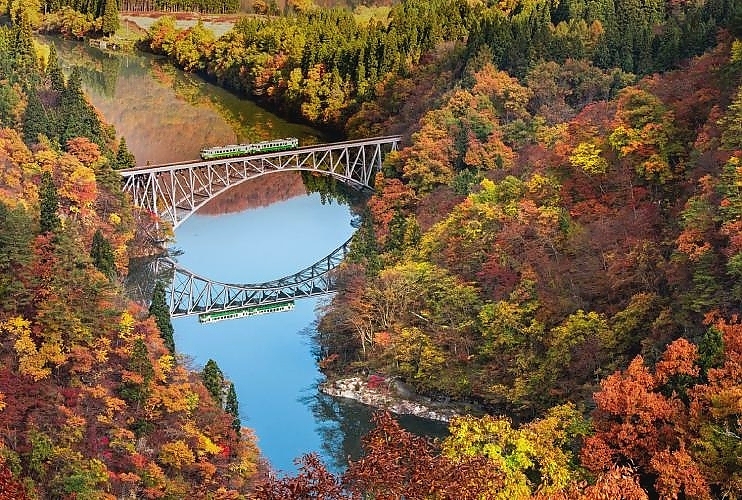

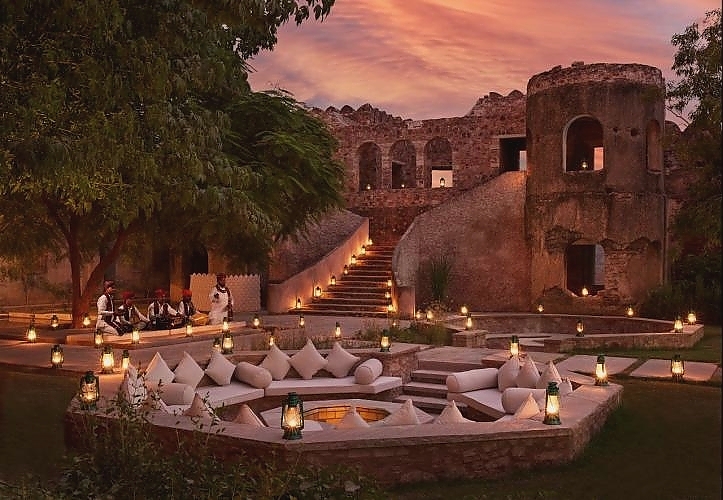
__medium.jpg)


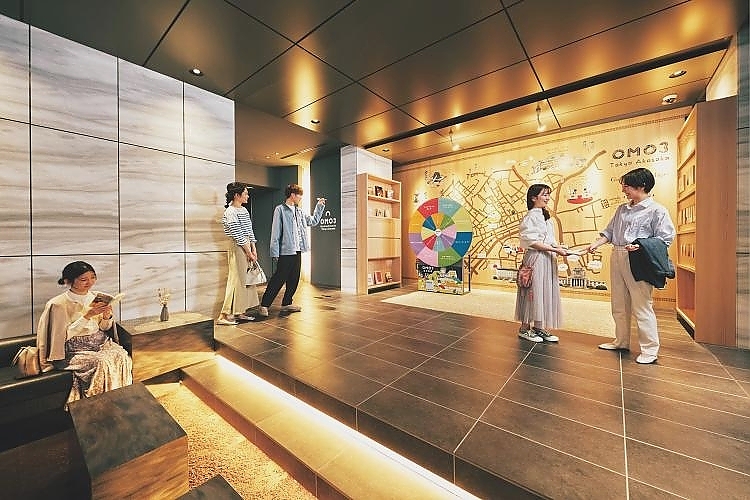

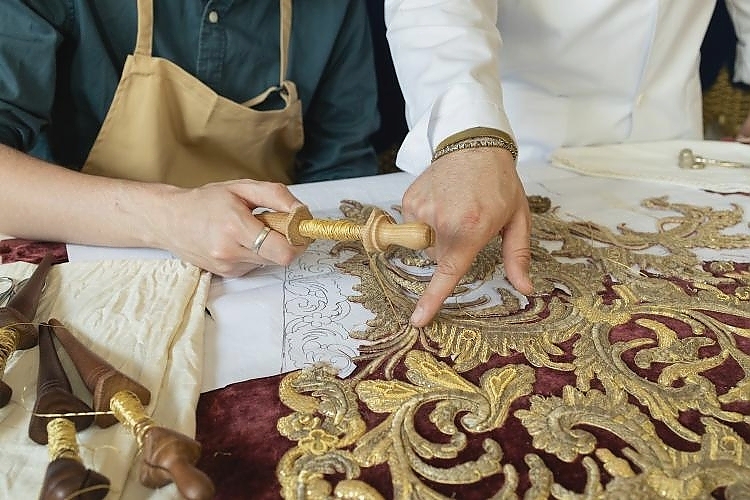
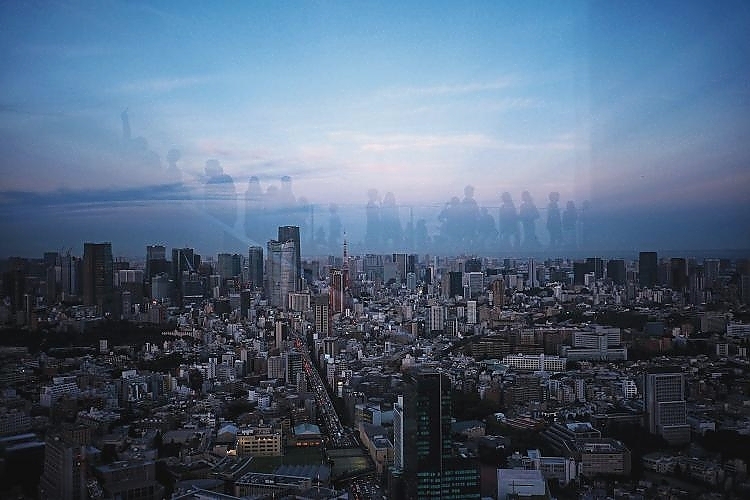



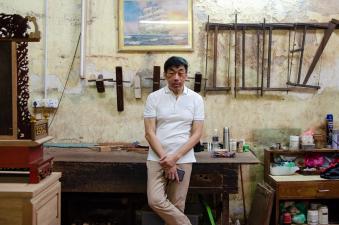

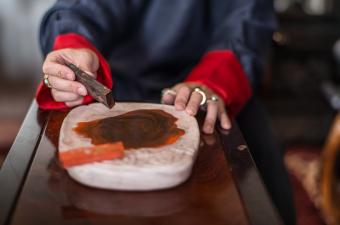
.jpg)


